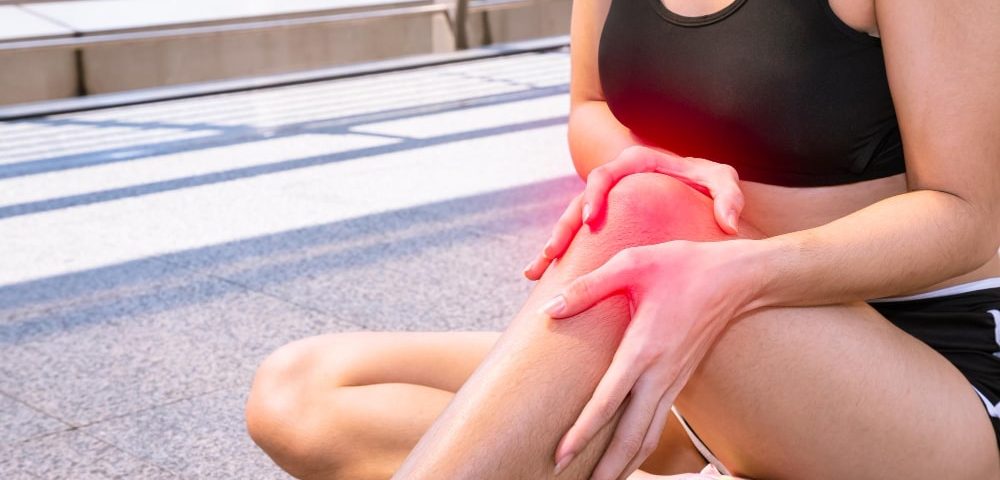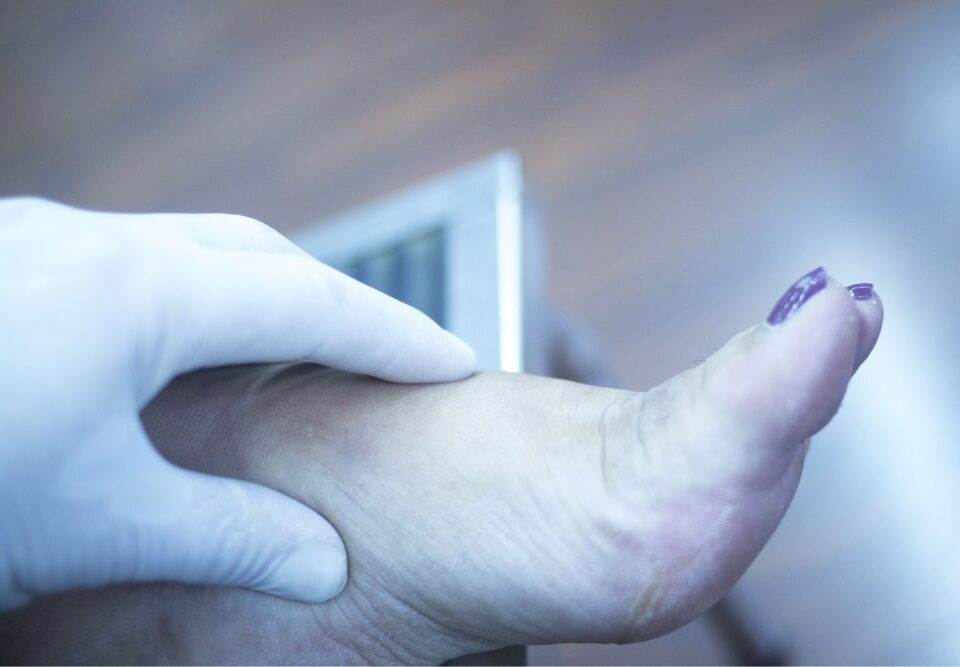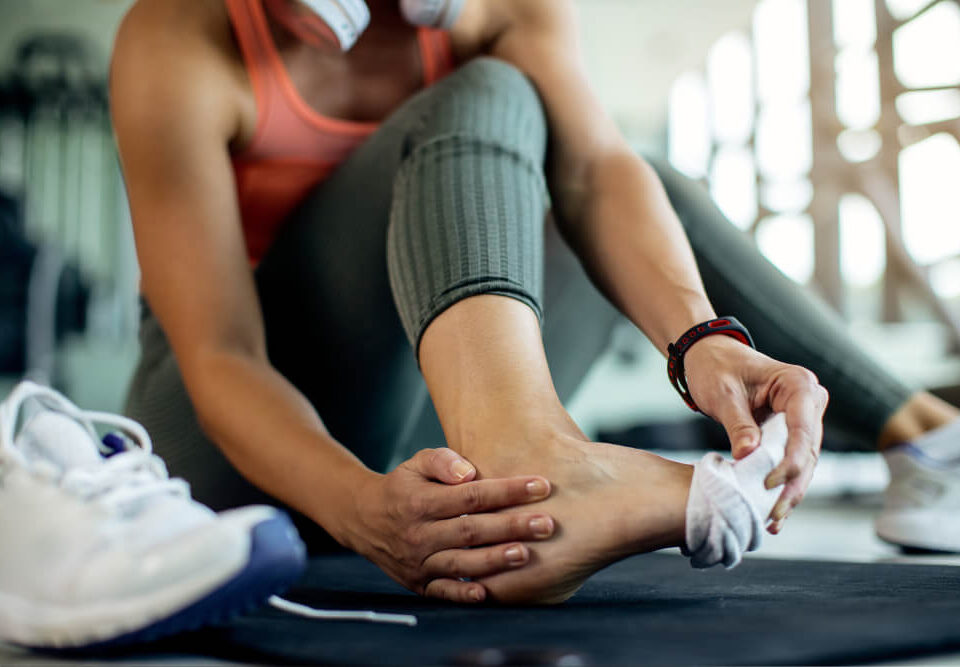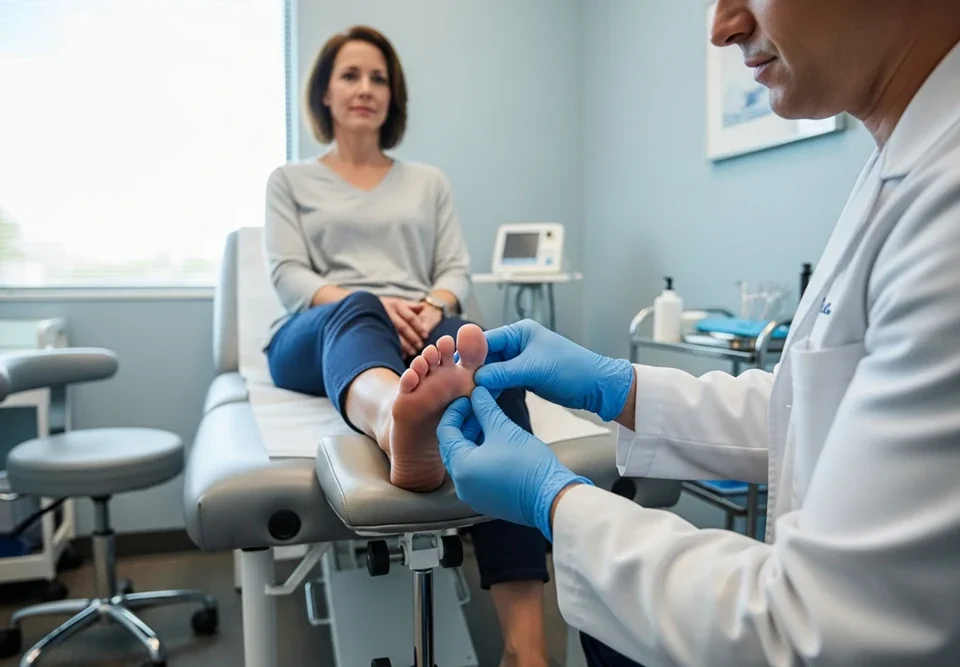
6 Side Effects of Wearing Tight Shoes
June 19, 2025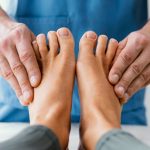
What Are the 9 Early Signs of Diabetes in the Feet?
June 19, 2025Rheumatoid arthritis in females makes the body attack its own joints. It often starts with pain or stiffness in the feet and ankles. Many women think it’s from age or long days, but it can be more serious. Without treatment, it may cause lasting joint damage. In this article, we explain what it is, why it happens, and how to treat it
Table of Contents
ToggleRA Symptoms in Females
Common signs of rheumatoid arthritis include:
- Pain in both feet or both sides of one foot
- Sharp or dull joint pain that lasts for hours
- Stiffness in the joints, especially in the morning
- Swollen joints
- Warmth in the joints
- Fatigue that does not improve with rest
- Unexplained weight loss
- Low energy throughout the day
- Pain in the ball of the foot after walking or standing
- Symptoms that appear slowly or flare up suddenly
- Difficulty with daily movements or tasks due to joint pain
RA Causes in Females
Podiatrists Mesa are not sure what causes rheumatoid arthritis in females. But some things can raise the risk of getting it:
- Family history
- Genetic factors
- Immune system attacking healthy tissue
- Smoking
- Past infections
- Physical injuries
- Hormonal changes
- Environmental triggers
- Long-term stress
RA Treatment in Females
Treatment for rheumatoid arthritis in females can slow down the disease and reduce pain. Starting treatment early gives better results. Different treatments Phoenix help in different ways. Below are the main treatments and how each one helps:
| Treatment | How It Helps |
| Anti-inflammatory drugs | Reduce swelling and ease joint pain |
| DMARDs (like methotrexate) | Slow down joint damage over time |
| Steroid pills | Give fast pain relief during flare-ups |
| Custom shoe inserts | Support and protect painful joints in the feet |
| Braces and soft shoes | Reduce pressure on joints and help with walking |
| Foot surgery | Fix joints that are badly damaged or out of shape |
| Physical therapy | Improve joint movement and reduce stiffness |
| Healthy diet | Lower inflammation and support overall health |
| Regular walking | Keep joints flexible and maintain strength |
RA and Female Hormones
Hormones play a role in how rheumatoid arthritis Phoenix affects women. Changes in hormone levels can make symptoms better or worse. Here are the key points:
- Estrogen may help protect joints by lowering inflammation.
- When estrogen levels drop, RA symptoms often get worse.
- Many women feel better during pregnancy.
- Pain and swelling may increase after giving birth.
- Symptoms often get stronger after menopause.
- Hormone changes do not cause RA but make it harder to control.
- A foot doctor Mesa, AZ, must consider hormone changes when choosing treatment for women.
RA Risk and Genetics
Rheumatoid arthritis in females is often linked to family history. Some women have genes that make their immune system attack healthy joints. These genes can be passed down from parents.
A woman with a close family member who has RA has a higher chance of getting it too. But not everyone with these genes will get the disease. Some women need a trigger, like a virus or stress. When the immune system reacts, the joints start to swell. Women with these genes who also smoke or have high stress may get RA sooner.
Last Word
Rheumatoid arthritis in females affects how women walk, move, and live each day. It can begin with small foot pain and slowly grow into severe joint problems. Many women do not know they have RA until the damage becomes clear. Women should not ignore constant foot pain, swelling, or morning stiffness. The team at Foot and Ankle Specialty Centers offers complete care for foot and ankle problems linked to rheumatoid arthritis in females.
FAQs
What are the complications of rheumatoid arthritis?
Rheumatoid arthritis in females can cause joint deformity, loss of movement, and pain in many parts of the body.
How is rheumatoid arthritis diagnosed?
Doctors diagnose rheumatoid arthritis in females by checking symptoms, ordering blood tests, and using X-rays or ultrasounds to look at the joints.
Who is at risk for rheumatoid arthritis?
Women between 30 and 60 years old have the highest risk. Those with a family history of the disease, certain genes, smoking habits, or a past infection face greater chances of developing rheumatoid arthritis in females.
Why is RA more common in females?
Women have different immune systems and hormone levels, which make them more likely to develop rheumatoid arthritis.
How does estrogen affect rheumatoid arthritis?
Estrogen helps reduce inflammation, so when its levels drop, RA symptoms often get worse.

